Nepal’s conservation areas represent the country’s commitment to preserving its natural heritage while promoting sustainable tourism. These protected regions encompass diverse landscapes, from the towering peaks of the Himalayas to the lush forests of the Terai, providing sanctuary to a wide range of flora and fauna.
Nepal’s conservation areas are a testament to the country’s commitment to preserving its natural heritage and promoting sustainable tourism. Whether trekking through the rugged Himalayas or exploring the lush forests of the Terai, visitors to these protected regions are sure to be captivated by the beauty and biodiversity of Nepal’s wilderness.
With their diverse landscapes, rich cultural heritage, and unparalleled trekking opportunities, Nepal’s conservation areas offer a truly unforgettable experience for adventurers and nature lovers alike. Let’s delve deeper into each of Nepal’s six conservation areas, exploring their unique characteristics, cultural significance, and trekking opportunities.
Annapurna Conservation Area
Nestled amidst the majestic Annapurna mountain range, the Annapurna Conservation Area is a paradise for trekkers and nature enthusiasts alike. Established in 1986, it covers an expansive area spanning Manang, Mustang, Kaski, and Myagdi districts, totaling 7,629 square kilometers.
The conservation area is renowned for its diverse ecosystems, ranging from subtropical forests to alpine meadows, providing habitat to iconic species such as the snow leopard, Himalayan tahr, and colorful rhododendrons.
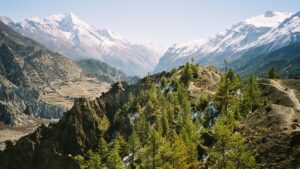
Trekking routes like the Annapurna Circuit Trek and Annapurna Base Camp Trek offer breathtaking views of snow-capped peaks, terraced hillsides, and traditional villages inhabited by ethnic communities like the Gurung, Thakali, and Manangi people. Along the way, trekkers can immerse themselves in the rich cultural heritage of the region, visiting ancient monasteries, picturesque lakes, and vibrant markets.
The best time to visit the Annapurna Conservation Area is during the autumn and spring seasons when the weather is mild, the skies are clear, and the landscapes are ablaze with blooming flowers.
Manaslu Conservation Area
Located in the shadow of the imposing Mount Manaslu, the Manaslu Conservation Area is a pristine wilderness waiting to be explored. Established in 1998, it covers an area of 1,663 square kilometers and is home to rare species such as the Himalayan tahr, red panda, and elusive snow leopard.
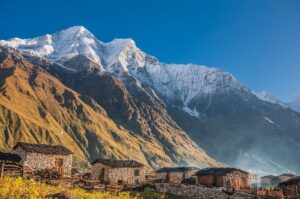
The conservation area is renowned for its remote trekking routes, including the Manaslu Circuit Trek, which circumnavigates the world’s eighth highest peak. Trekkers embarking on the Manaslu Circuit Trek traverse diverse landscapes, from lush forests and terraced fields to high mountain passes and glacial lakes. Along the way, they encounter traditional villages inhabited by ethnic communities like the Gurung, Tamang, and Tibetan Sherpa, providing insight into their unique way of life.
The best time to visit the Manaslu Conservation Area is during the autumn and spring seasons, when the weather is favorable, and the views of Mount Manaslu are awe-inspiring.
Kanchenjunga Conservation Area
Named after the third highest peak in the world, the Kanchenjunga Conservation Area is a remote and pristine region in eastern Nepal. Established in 1997, it covers an area of 2,035 square kilometers and is home to a rich diversity of flora and fauna, including the endangered snow leopard and red panda. The conservation area is renowned for its rugged terrain, cascading waterfalls, and pristine forests, making it a haven for trekkers and nature enthusiasts.
Trekking routes like the Kanchenjunga Base Camp Trek offer trekkers the opportunity to explore remote villages, ancient monasteries, and traditional yak herding settlements. Along the way, trekkers are treated to panoramic views of snow-capped peaks, lush valleys, and pristine alpine lakes.
The best time to visit the Kanchenjunga Conservation Area is during the autumn and spring seasons, when the weather is pleasant, and the landscapes are adorned with colorful rhododendrons.
Gaurishankar Conservation Area
Situated between the Rolwaling and Gaurishankar mountain ranges, the Gaurishankar Conservation Area is a hidden gem waiting to be discovered. Established in 2010, it covers an area of 2,179 square kilometers and is home to rare species such as the Himalayan musk deer and Himalayan thar. The conservation area is renowned for its pristine wilderness, towering peaks, and ancient forests, offering trekkers a chance to explore off-the-beaten-path routes.
Trekking routes like the Rolwaling Valley Trek and Gaurishankar Circuit Trek traverse rugged terrain, including high mountain passes, glacial lakes, and remote villages. Along the way, trekkers encounter traditional Sherpa villages, Buddhist monasteries, and sacred pilgrimage sites, providing insight into the cultural heritage of the region.
The best time to visit the Gaurishankar Conservation Area is during the autumn and spring seasons, when the weather is favorable, and the landscapes are at their most picturesque.
Api Nampa Conservation Area
Among Nepal’s newest conservation areas is the Api Nampa Conservation Area, established in 2010. Situated in the far-western region of the country, it covers 1,903 square kilometers and is named after the towering peaks of Mount Api and Mount Nampa. The conservation area is renowned for its pristine alpine meadows, ancient forests, and traditional villages, offering trekkers a chance to explore remote and rugged landscapes.
Trekking routes like the Api Base Camp Trek and Nampa Valley Trek traverse diverse terrain, including dense forests, high mountain passes, and glacial valleys. Along the way, trekkers encounter traditional Thakuri and Magar villages, where they can experience the unique culture and traditions of the region.
The best time to visit the Api Nampa Conservation Area is during the autumn and spring seasons, when the weather is pleasant, and the landscapes are at their most vibrant.
Blackbuck Conservation Area (Krishnasar Conservation Area)
Adding to Nepal’s diverse array of protected regions is the Blackbuck Conservation Area, also known as the Krishnasar Conservation Area. Established in 2009, it covers 15.95 square kilometers in the Terai region of the country and is dedicated to the conservation of the endangered blackbuck antelope. The conservation area is renowned for its lush grasslands, tranquil lakes, and diverse bird species, making it a paradise for birdwatchers and nature enthusiasts.
Visitors to the Blackbuck Conservation Area can explore the region on foot, bicycle, or jeep safari, encountering blackbuck antelopes, swamp deer, and various bird species along the way. The area is also home to indigenous Tharu communities, known for their unique culture, traditional dance, and craftsmanship.
The best time to visit the Blackbuck Conservation Area is during the winter and spring seasons, when the weather is mild, and the wildlife is most active.


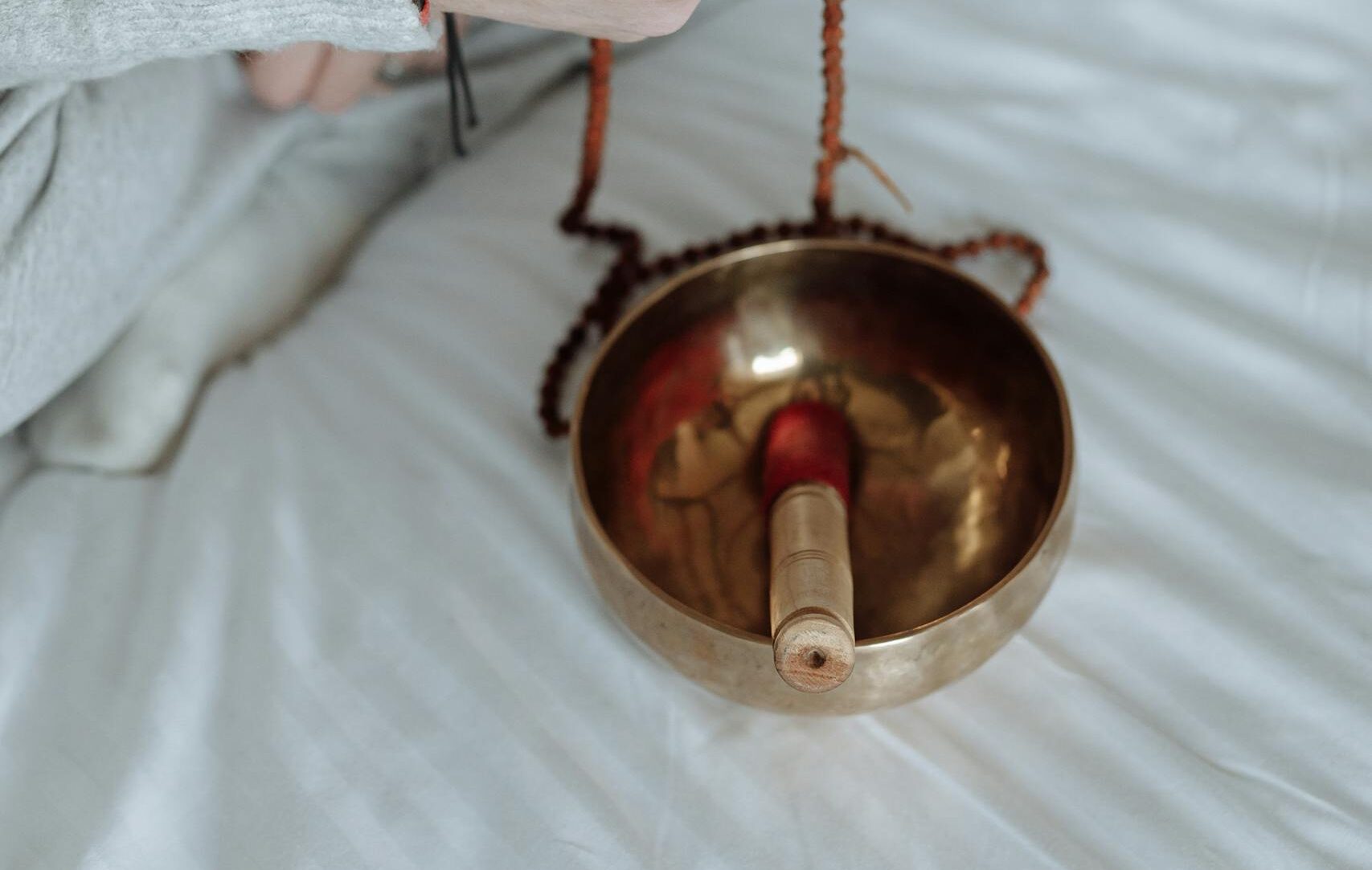

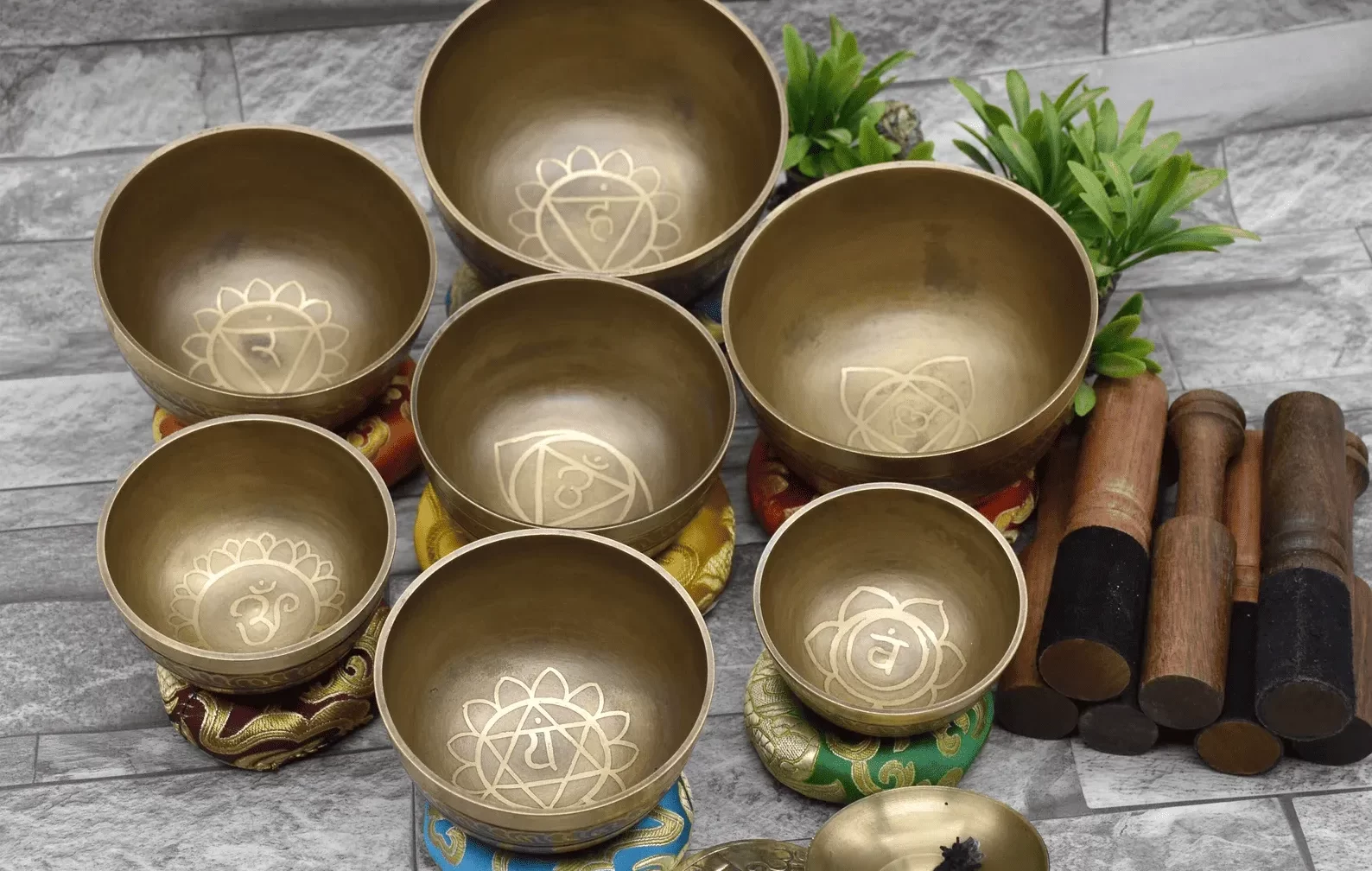

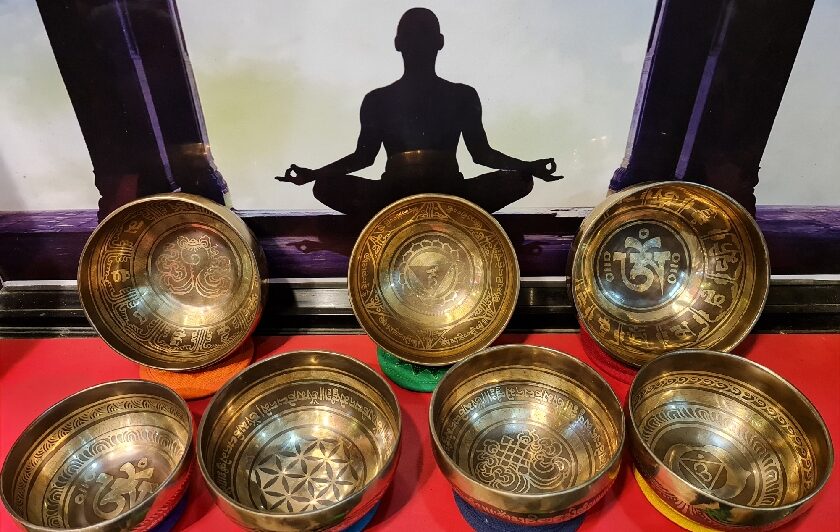
0 Comments